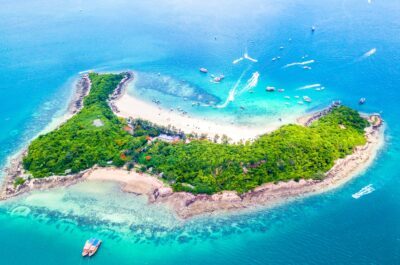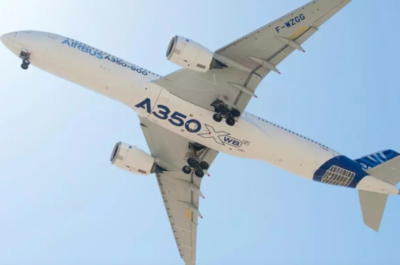Report – WTM2005: Calling all pilots…what is your position? We need you to fly into our radar sights…
Report – WTM2005: Calling all pilots…what is your position? We need you to fly into our radar sights. That is the amazing high-flier predicament facing the airline industry – and revealed at World Travel Market at London’s ExCeL.
“There are on order that there are not enough pilots to go around,” said John Koldowski, Head of Strategic Intelligence Centre for Pacific Asia Travel Association.
Asia is a booming engine of growth. This is reflected by the 2005 order books of nearly 900 new aircraft, and 200 plus options, for Asia Pacific.
“That is a lot of aircraft,” Koldowski added. “Who is buying them? Where are they going to be housed? What routes?
“India has bought a lot. Air Asia has also done so. This will be very interesting to track over the next 12 months.
“There aren’t enough pilots to fly them. There is a serious shortage. That is an issue.”
Asia Pacific is on the move. The planning for increased capacity has been sped along by the low fare carriers. There are more people travelling sooner.
In a microscopic look at the region’s market’s state of play and a forecast of major trends expected up to 2008 in outbound and inward traffic, Koldowski added:
“India is holding its head up high. Based on the first 10 months of 2004, it is again breaking records, 20 per cent growth arrivals volume year on year.”
“And there is also outbound traffic extra volume in a rapidly changing market.”
“China and India are on the tips of everybody’s tongue. China’s foreign traffic has grown 24 per cent.”
“Asia has become extremely dominant. It is now factoring about 70 per cent of all arrivals into Asia Pacific.”
“It is stealing market share from the Americas.”
Whereas 25 years ago they accounted for 80 per cent plus, it is now nearer 25 per cent.
The upwardly rising positives of places such as Cambodia, Laos, Singapore, Vietnam are counteracted by Indonesia and Thailand.
“It is uneven,” said Koldowski. “For the first six months of 2005, Phuket total tourist figures are down 56 per cent; foreign visitors dropped 73 per cent. Revenue has dipped by 68 in total and by 76 per cent foreign.”
But even the badly affected tsunami countries are looking forward to recovery.
He said: “China has welcomed almost 10 million more international arrivals than this time last year and, remember, there were 109million border crossings into the country.”
Overall early indicators are of eight per cent growth per annum until 2008 for Asia Pacific. That is double the world average. There are nearly 290 airport related projects in Asia. India has 72 of them. Supply elements are increasing to take advantage of expected significant upward demand over the next decade.
Since 1960 the graph of visitors has jumped dramatically to a projected international tourist figure arrivals of 330million in 2005 for Asia Pacific. The region is buoyant, already having added almost 20 million over record-breaking 2004, the first time it climbed above 300 million.
It’s not all leisure, there is a mix including professionals and relief workers and it includes pockets where numbers are haemorrhaging – almost 70 per cent DOWN year on year. USA outbound by air has gone past previous highs – back into record territory.
“They are moving again,” said Koldowski. “Take Mexico and Canada out of the picture and it is intriguing to see where the Americans are going.”
Numbers have bounced up to Asia. European volume is not back to past levels. There is also growth track towards Caribbean, Central America, South America, Africa and the Middle East. But Koldowski warned that something like a Katrina hurricane can dismantle the tourist scenery.
Vicky is the co-founder of TravelDailyNews Media Network where she is the Editor-in Chief. She is also responsible for the daily operation and the financial policy. She holds a Bachelor's degree in Tourism Business Administration from the Technical University of Athens and a Master in Business Administration (MBA) from the University of Wales. She has many years of both academic and industrial experience within the travel industry. She has written/edited numerous articles in various tourism magazines.






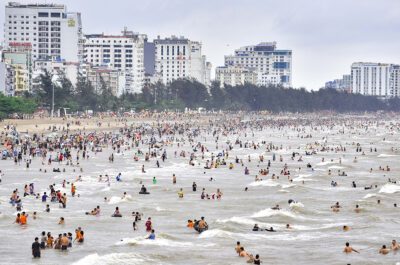
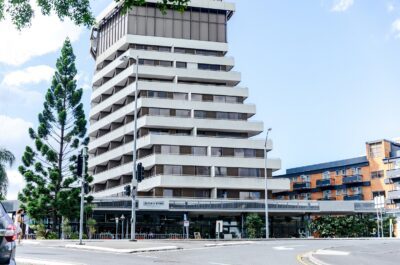








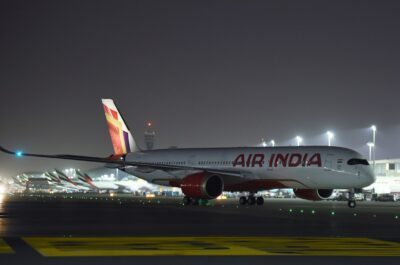



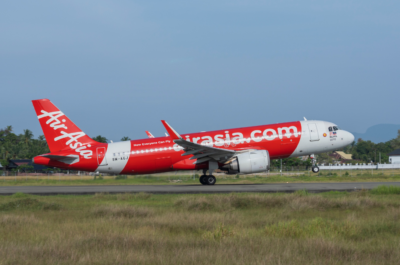
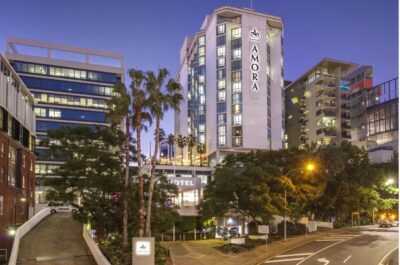









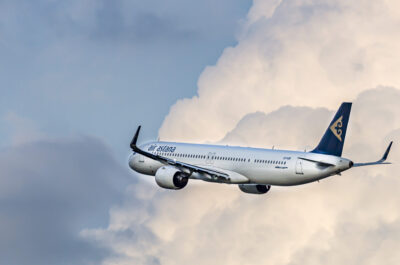


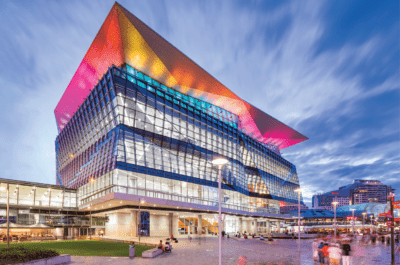










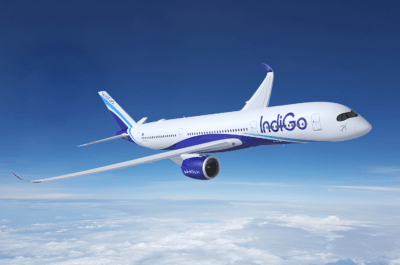




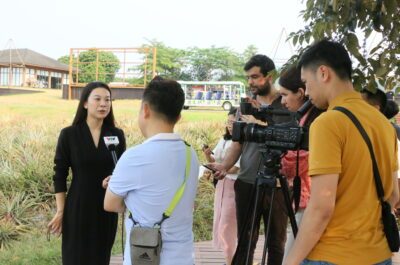






![[PR] PR_Ascott and Vimut Hospital_2024](https://www.traveldailynews.asia/wp-content/uploads/2024/04/PR-PR_Ascott-and-Vimut-Hospital_2024-400x265.jpg)

